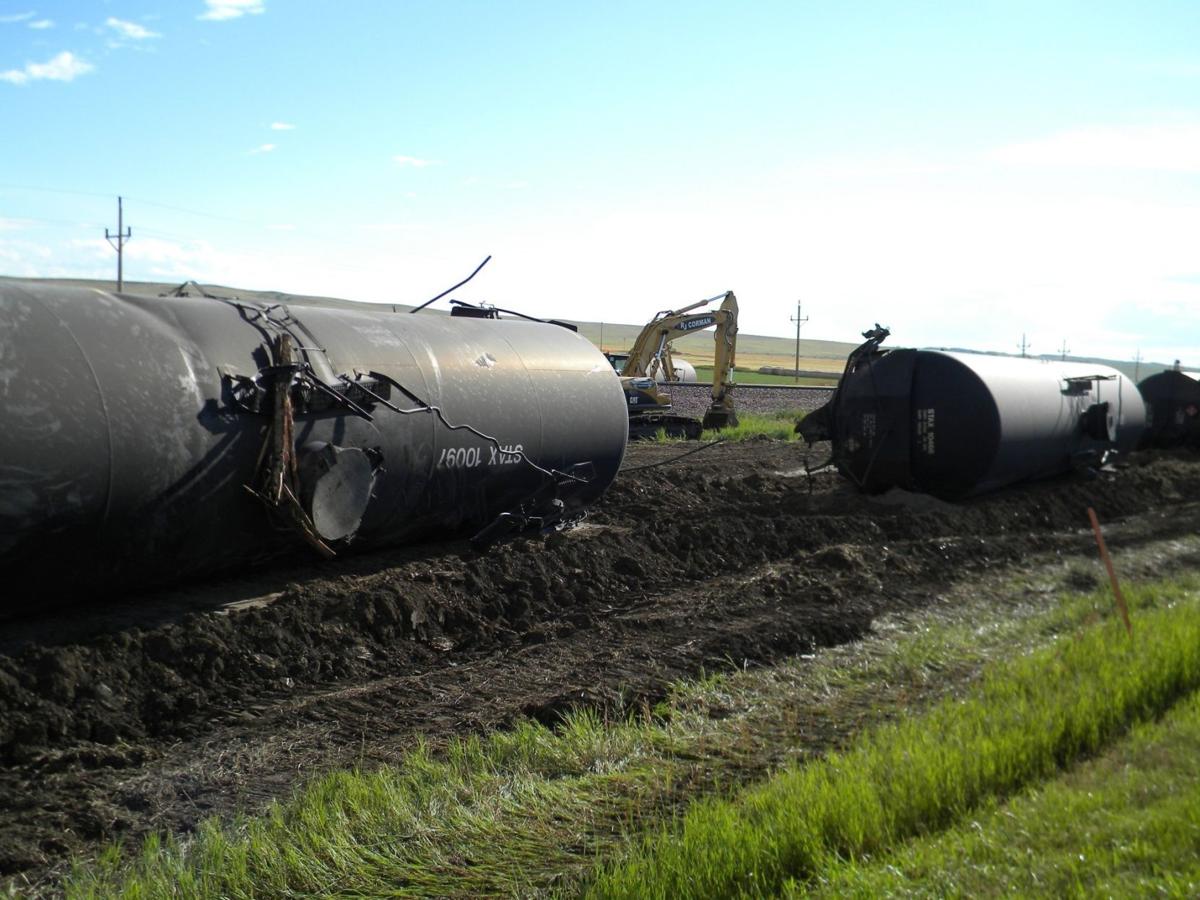Repost from Center for Biological Diversity
 New Oil Train Safety Regs Focus on Accident Response, Not Prevention
New Oil Train Safety Regs Focus on Accident Response, Not Prevention
Long Phase-out of Hazardous Cars, Inadequate Speed Limits Leave Communities at Risk of Explosive Derailments
For Immediate Release, December 7, 2015Contact: Jared Margolis, (802) 310-4054
WASHINGTON— A new transportation bill signed by President Obama includes provisions intended to improve the safety of oil trains, but leaves puncture-prone tank cars in service for years and fails to address the speed, length and weight of trains that experts point to as the leading causes of explosive derailments. The bill upgrades safety features on oil train tank cars and requires railroads to provide emergency responders with real-time information about when and where dangerous oil cargoes are being transported but doesn’t do enough to prevent oil train accidents, which have risen sharply in recent years.
“While these regulations improve our ability to prepare for oil train disasters they do virtually nothing to prevent them from ever occurring in the first place,” said Jared Margolis, an attorney with the Center for Biological Diversity who focuses on the impacts of energy development on endangered species. “Until we dramatically reduce the speed and length of these bomb trains it’s only a matter of time before the next explosive derailment sends fireballs rolling through one of our communities.”
The new regulations will require all oil train tank cars to include fire-resistant ceramic coatings and protections for protruding top fittings. The final rule issued by federal regulators in May only required oil trains with 35 loaded oil tank cars or 20-car blocks of oil tank cars to implement the new standards, and would not have required the ceramic blankets or top fitting protections for all retrofitted cars.
But experts say even the protective measures included in the new transportation regulations signed into law on Friday will do little to prevent a spill if a train derails at speeds faster than 18 mph, and oil trains are permitted to travel at 40 mph to 50 mph. And the new regulations do not require the phase-out of dangerous puncture-prone tank cars to begin until 2018, and allows them to remain in service until 2029.
“It’s irresponsible to continue to allow these bomb trains to roll through the middle of our communities and across some our most pristine landscapes,” said Margolis. “We need to quit pretending we can make these dangerous trains safe and simply ban them altogether.”
Congress has directed the U.S. Department of Transportation to continue requiring notifications to states of train routes and frequencies so communities can better prepare to respond to train derailments, explosions and oil spills. However, the new regulations do nothing to remedy the track infrastructure problems, or the excessive length and weight of oil trains, cited as leading causes of derailments. Further, it remains unclear whether the public will have access to information about these hazards.
“Keeping information on oil trains from public scrutiny is outrageous, and only serves to protect the corporate interests that care little about the risk to the homes, schools and wild areas that these trains threaten,” said Margolis. “We need to keep these trains off the tracks and keep these dangerous fossil fuels in the ground, rather than keeping the public in the dark.”
Background
The National Transportation Safety Board has repeatedly found that current tank cars are prone to puncture on impact, spilling oil and often triggering destructive fires and explosions. But federal regulators have ignored the safety board’s official recommendation to stop shipping crude oil in the hazardous tank cars. Recent derailments and explosions have made clear that even the newer tank cars, known as CPC-1232s, are not significantly safer, often puncturing at low speeds.
The recent surge in U.S. and Canadian oil production, much of it from Bakken shale and Alberta tar sands, has led to a more than 4,000 percent increase in crude oil shipped by rail since 2005, primarily in trains with as many as 120 oil cars that are more than 1.5 miles long. The result has been oil spills, destructive fires, and explosions when oil trains have derailed. More oil spilled in train accidents just in 2013 than in the 38 years from 1975 to 2012 combined.
The Center for Biological Diversity is a national, nonprofit conservation organization with more than 900,000 members and online activists dedicated to the protection of endangered species and wild places.



You must be logged in to post a comment.